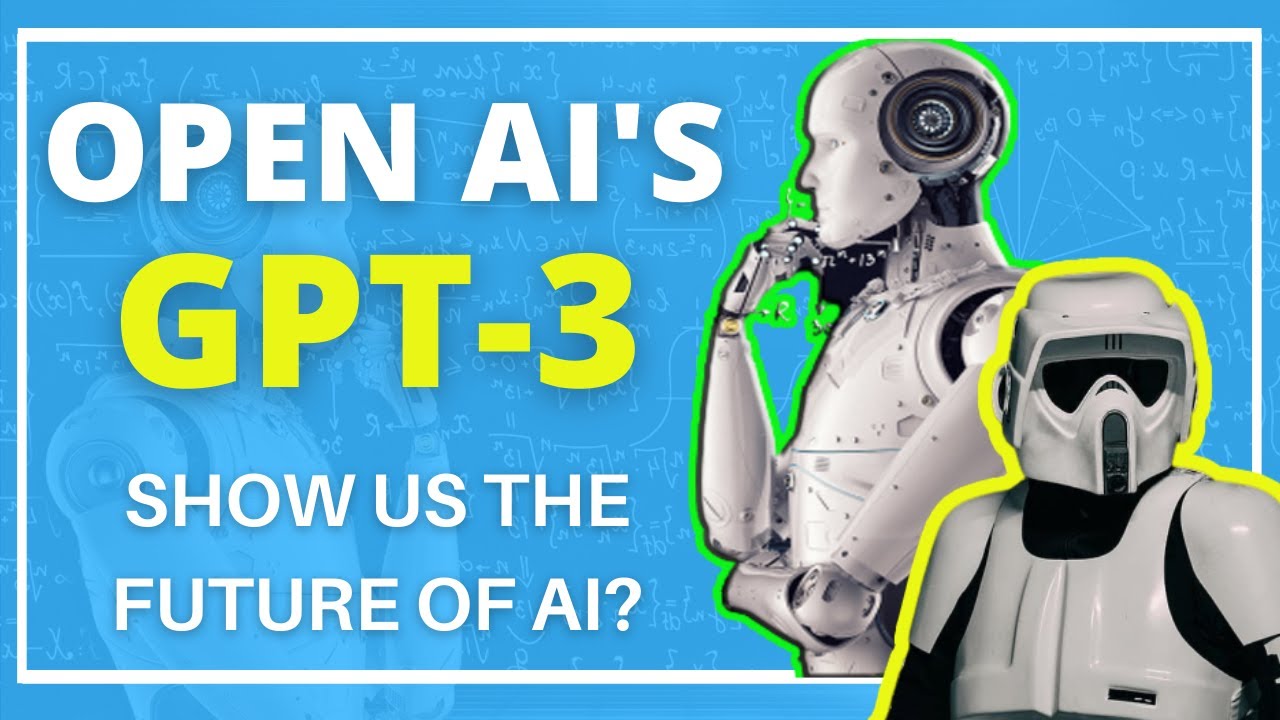WORLD CRAZY NEWS
If you were to be asked to picture the future, what would it be?
Some people might have the idea of floating cars threading ultramodern highways in perfectly planned smart cities. While others may look at it as the advent of advanced technologies used to lengthen one’s lifespan, breakthroughs in the medical field which include finding the cures to former incurable diseases such as cancer and Human immunodeficiency virus – Acquired immunodeficiency syndrome (HIV-AIDS).
But today, one of the most exciting breakthroughs is in the field of computing technology and artificial intelligence (AI). Developments come in big and small things – from the newest microchip that powers your laptop and smartphone to the advancements in big data handling and processing.
Continued studies and experiments with AI paved the way for what we have today. Respected experts in the field tout it as a way for us to move forward, more connected than ever before.
AI described as the simulation of human intelligence in machines that are programmed to think and act like humans. This may also refer to machines that copy human brain activities such as learning and problem-solving.
One might picture advancements in AI such as hyper-intelligent robots that look and act like us but what experts are on the lookout right now is something one might not even notice and is under the radar.
OpenAI, a company based in San Francisco, California, just released its newest project, GPT-3, making it available to private beta testers – giving them ample time to give the newest innovation a spin.
This may be mundane and not grandiose but several AI experts believe that the program can lead members of the AI technology community on how to deal with AI and how to make use of it in the future.
Among initial testing, experts have applauded the newest innovation. In numbers, GPT-3 features 175 billion parameters – these are the values that a neural network tries to optimize during training. It is more powerful compared to its predecessor, GPT-2 with only 1.5 billion. (For those who are not into AI, the larger number of U
For context, think of GPT-3 like Google Search’s autofill feature. It can predict what you would type in and will eventually take note of your search patterns and Internet usage and habits.
But with the initial tests conducted on the program, experts are astonished that they can do an array of tasks. From being just a simple question-based search engine to being able to create codes just by basing on text descriptions, and so much more. It can even compose guitar tabs! Talk about a multi-faceted program. It was even reported being able to compose creative fiction. Watch out potential writers out there!
However, the system is also prone to errors. It is reported that it is still prone to creating hateful sexist and racist remarks once the system is run. Experts assert that further fine-tuning of the system can reduce significantly the occurrence of such incidents in future official releases.
But let us not discount the vision that GPT-3 offers to us in the future of AI. It may be built by man and is programmed to learn and act like him but it is not a 100% foolproof system. It is best described on an article on website MIT Technology Review, it is still a tool made by humans, with all the flaws and limitations that implies.
#ArtificialIntelligence #AIFuture #GPT3
